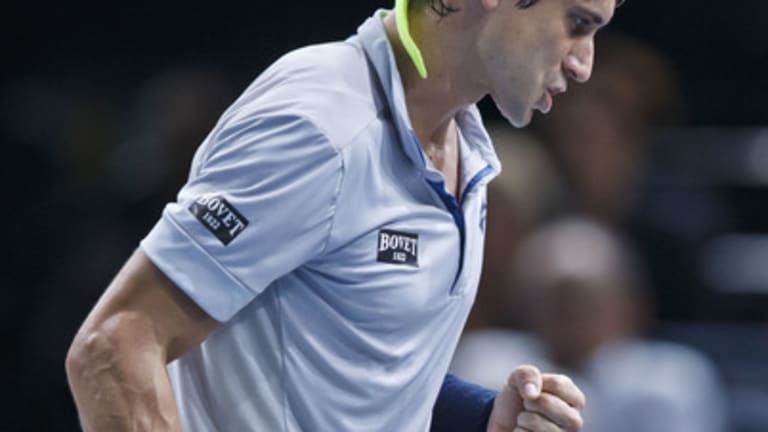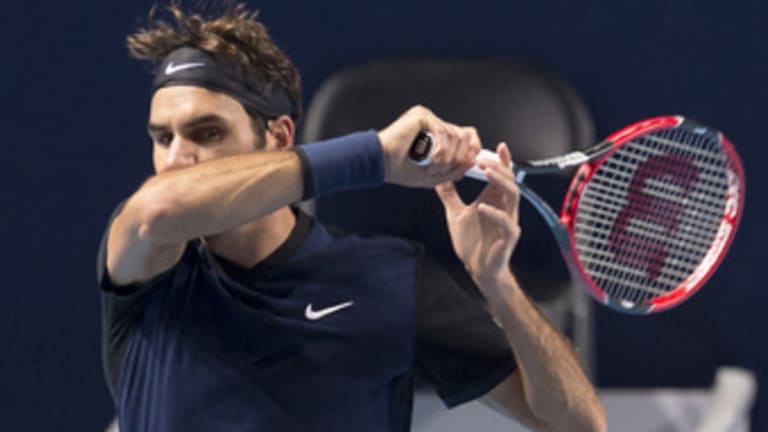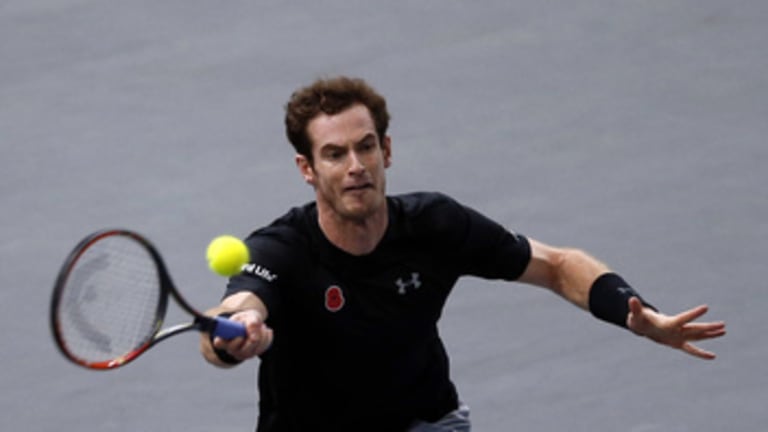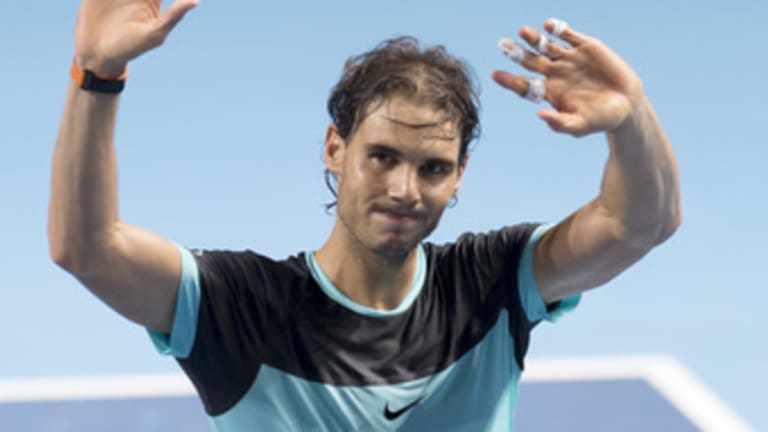The BNP Paribas Masters is held at the AccorHotels Arena, also known as the Palais Omnisports de Paris-Bercy, which sits on the eastern side of Paris. The city’s more famous tennis venue, Stade Roland Garros, sits on the western side, a little less than an hour’s drive away.
This seems geographically appropriate. The two venues, and the tournaments they host, represent opposite sides of the pro-game experience.
Opened in 1928 and named after a French aviator, Roland Garros is a tennis-only bastion of tradition. It’s an outdoor event played on red clay, and it comes with a conspicuous lack of artificial fanfare. At the French Open, there’s no music during changeovers, let alone a Kiss Cam.
Opened in 1984 and now named after “the world’s leading hotel operator,” Bercy represents tennis’s move toward the marketplace—U2 is playing there next week, the Foo Fighters the week after that. The Paris Masters is an indoor tournament that comes with perhaps the most conspicuously artificial fanfare of any event on tour. The players walk down a tunnel of blinking lights, through a haze of smoke, into a darkened arena, to what sounds like an emcee bellowing “Let’s get ready to rumble!” in French.



